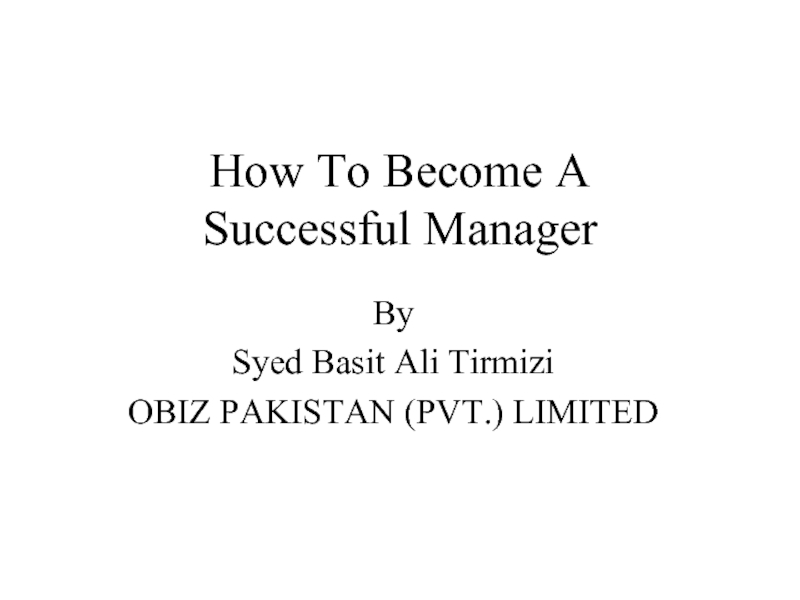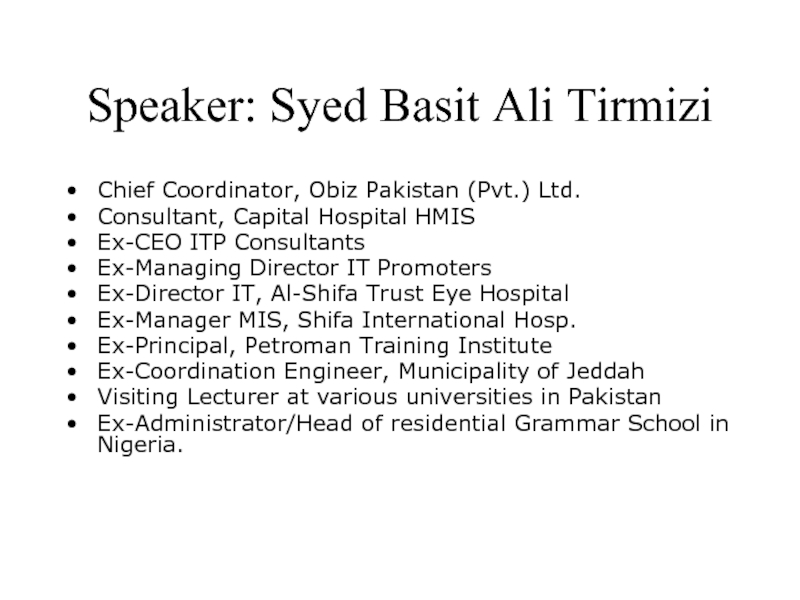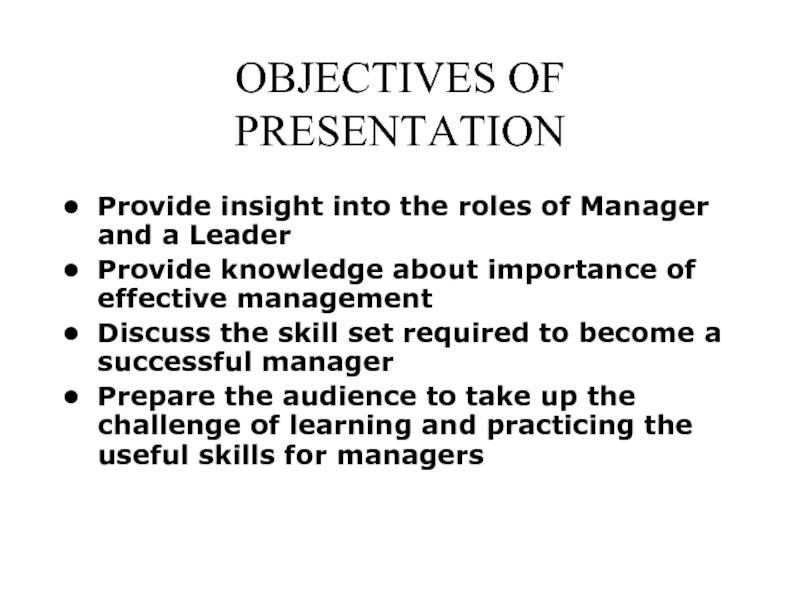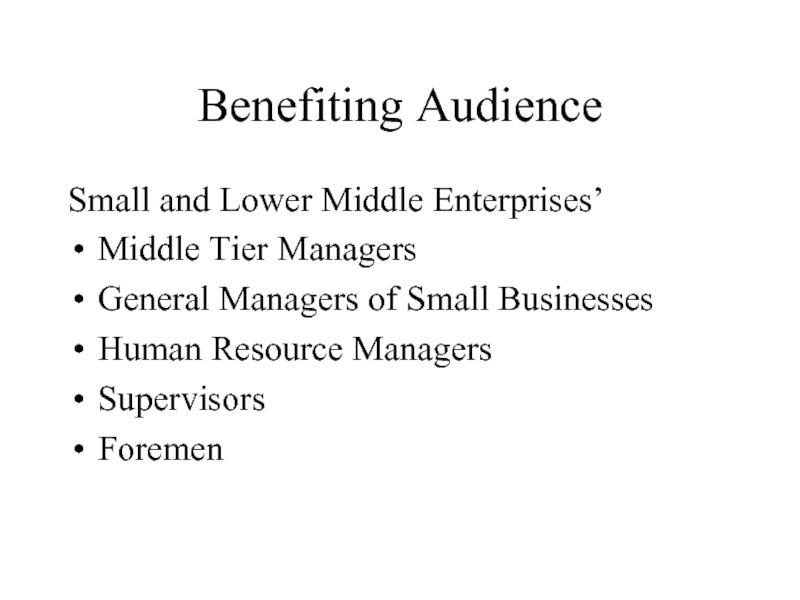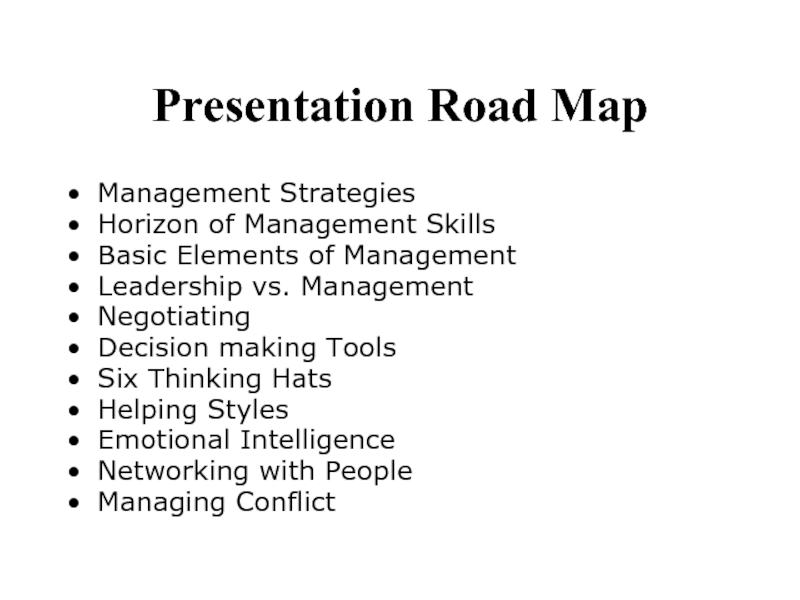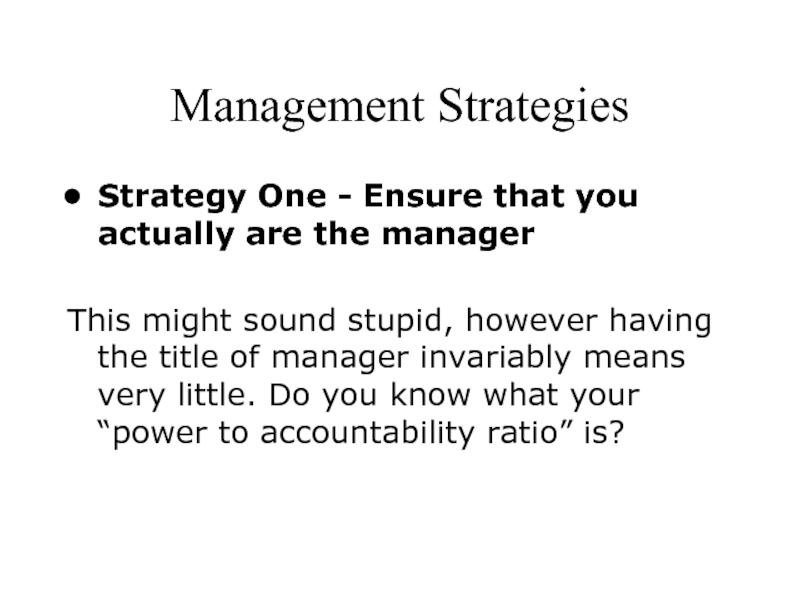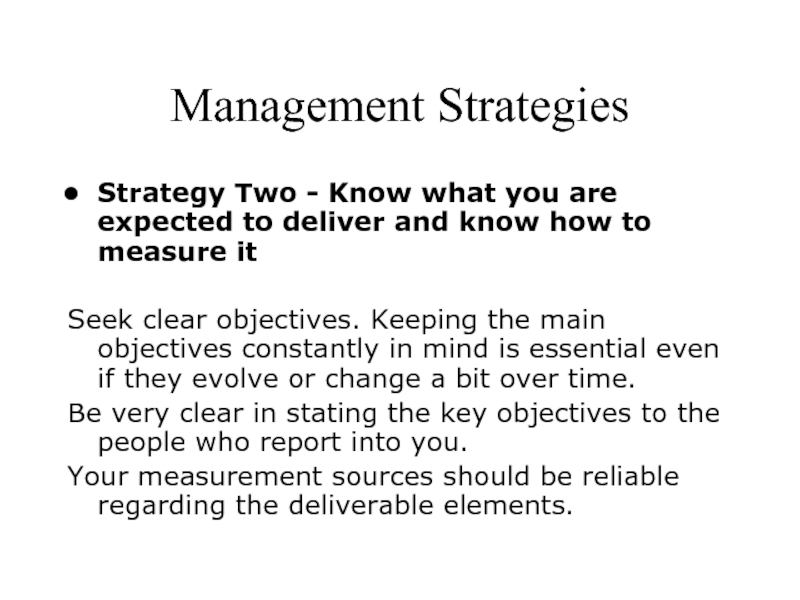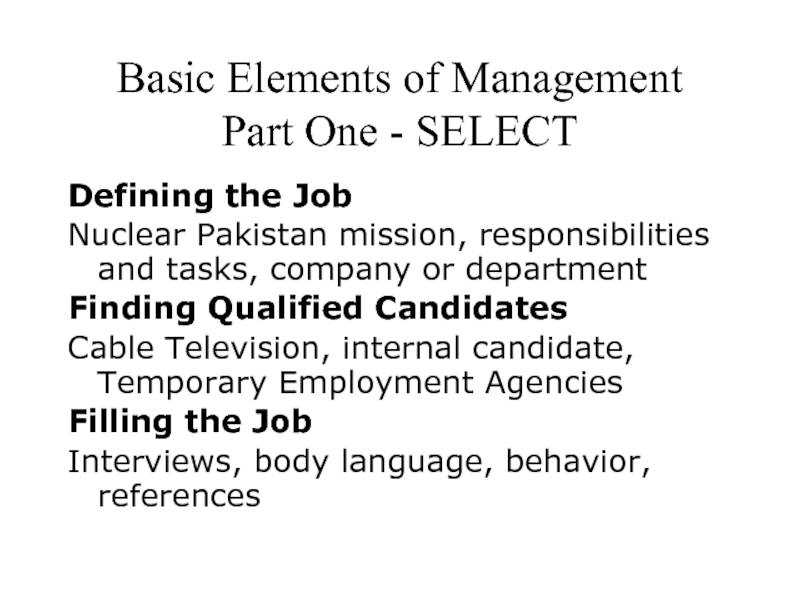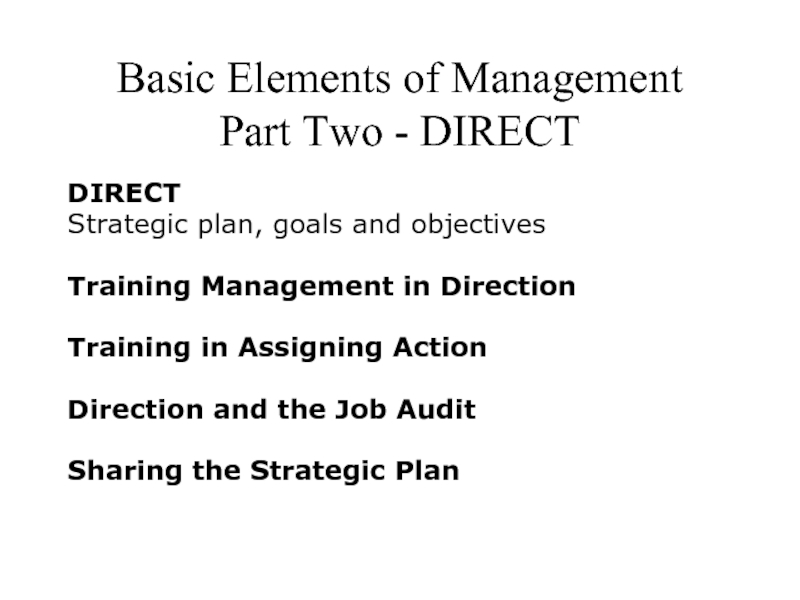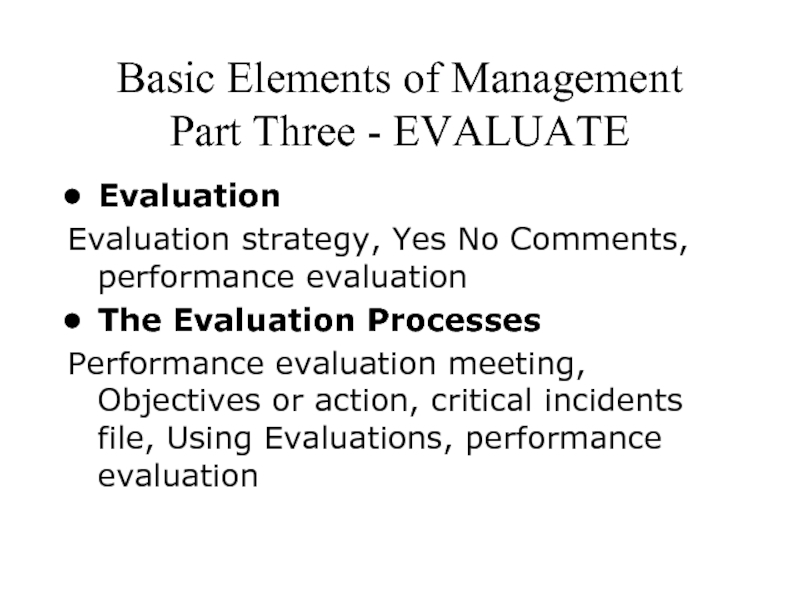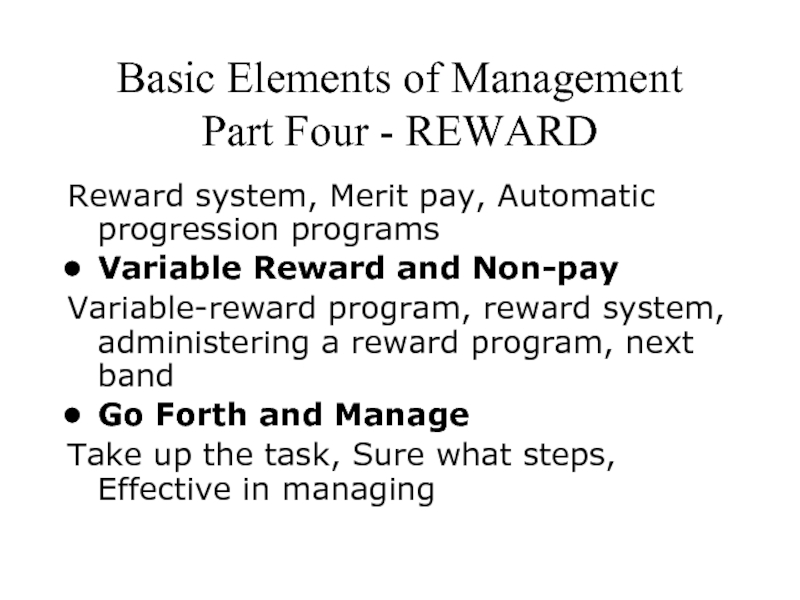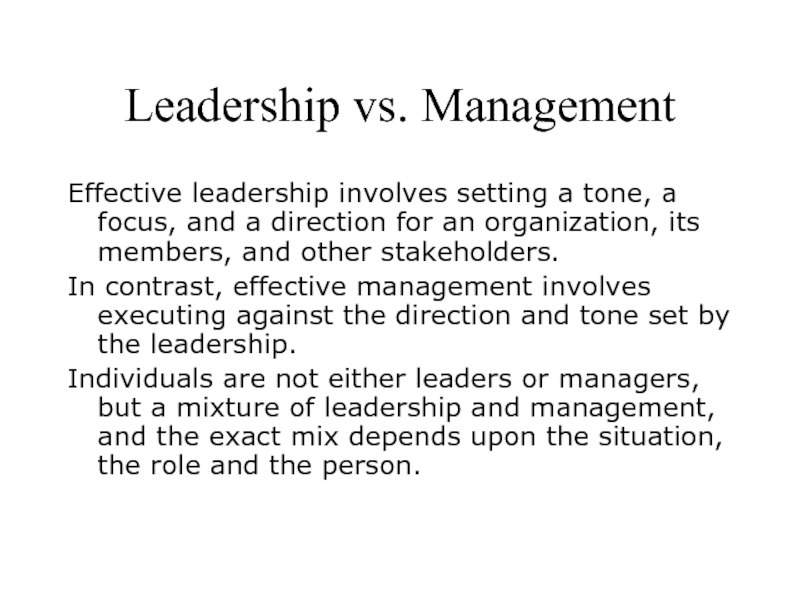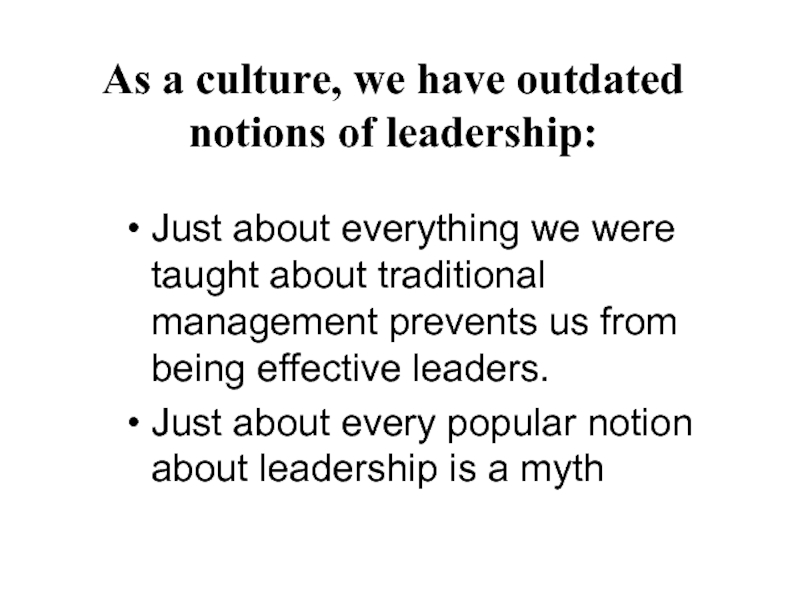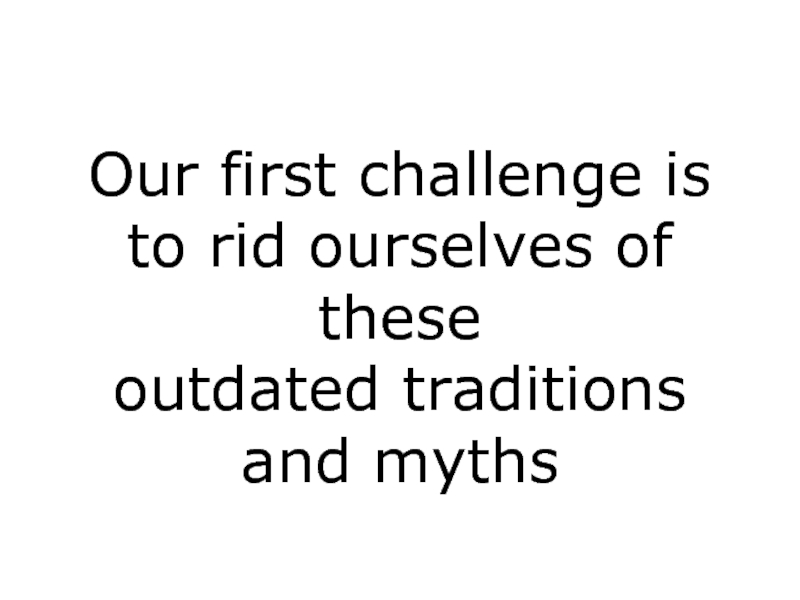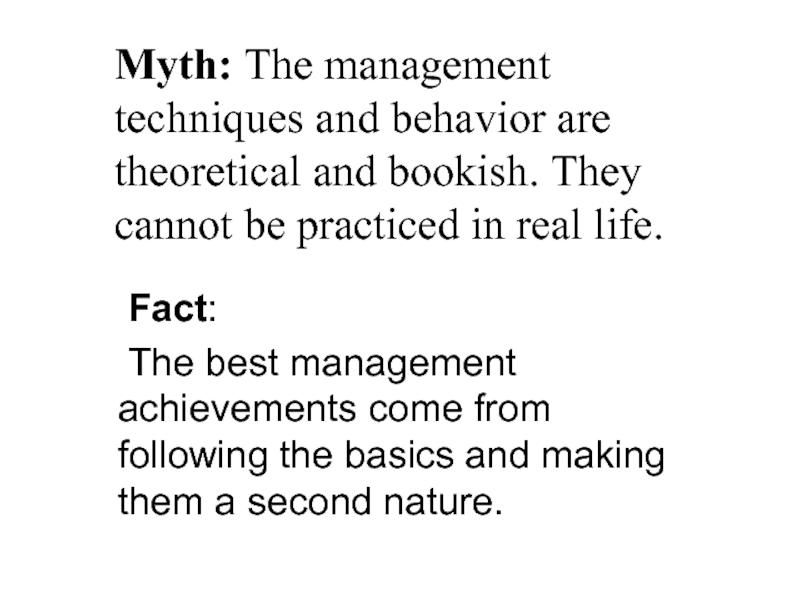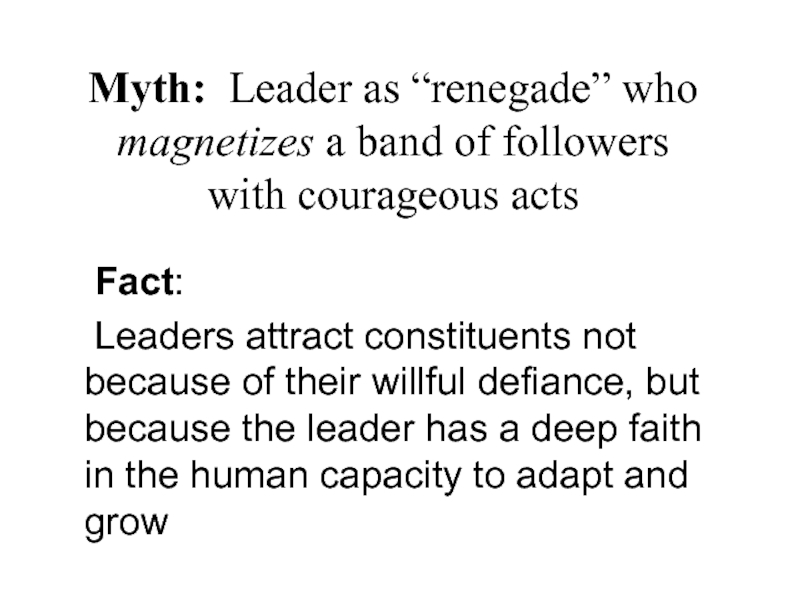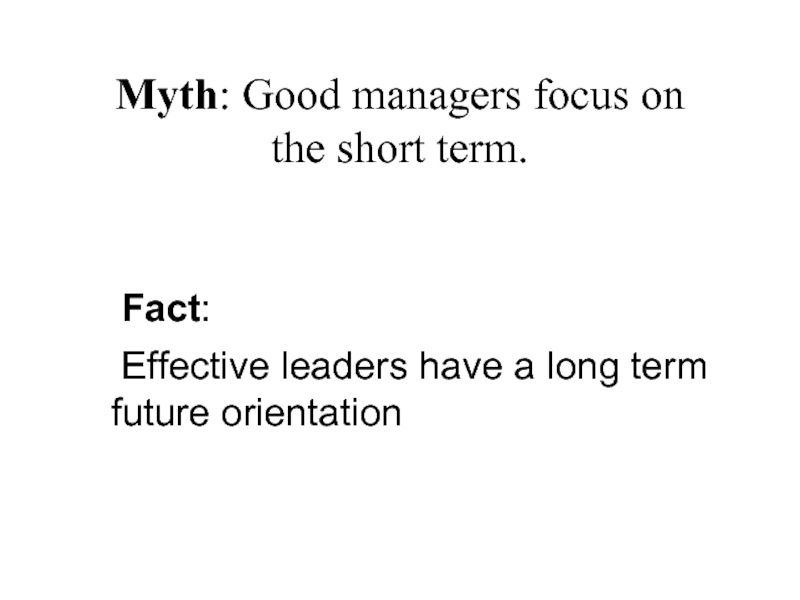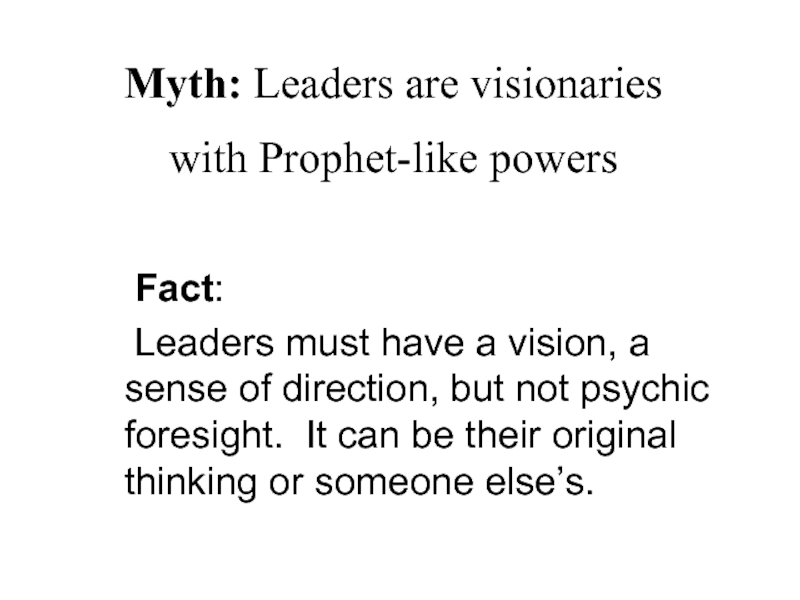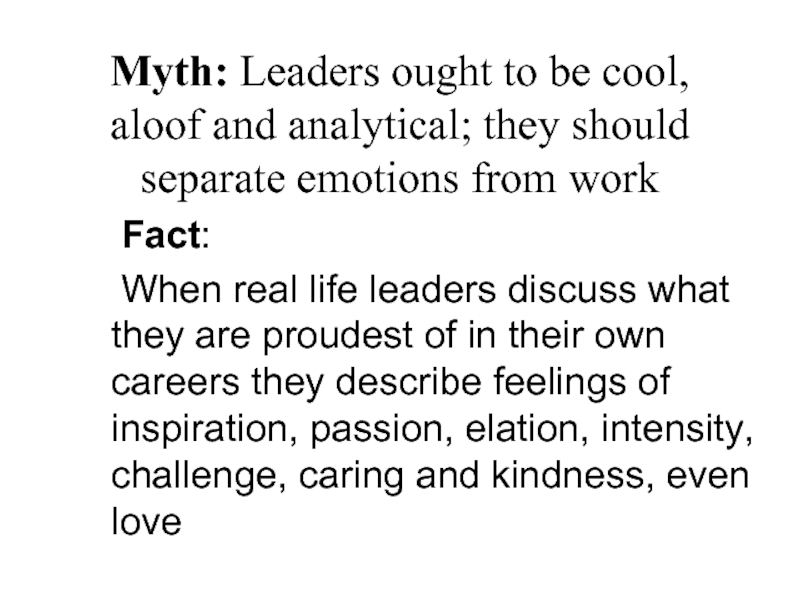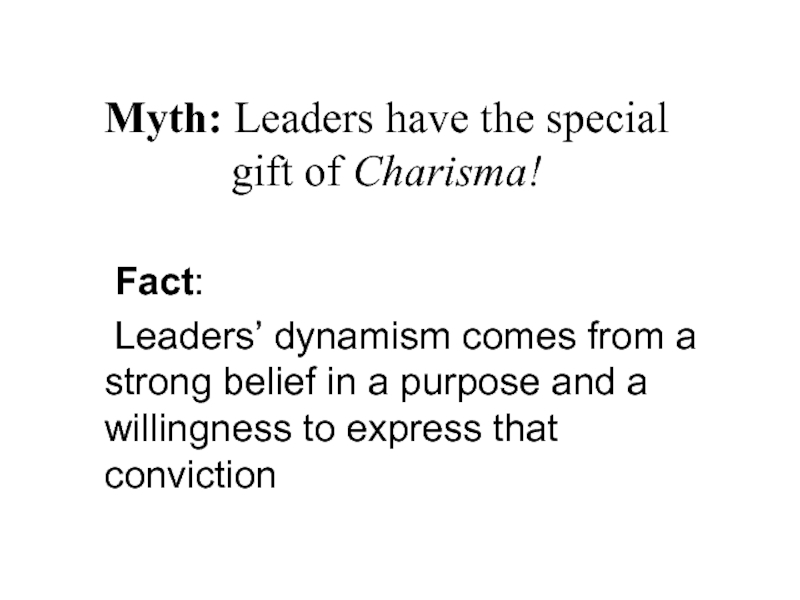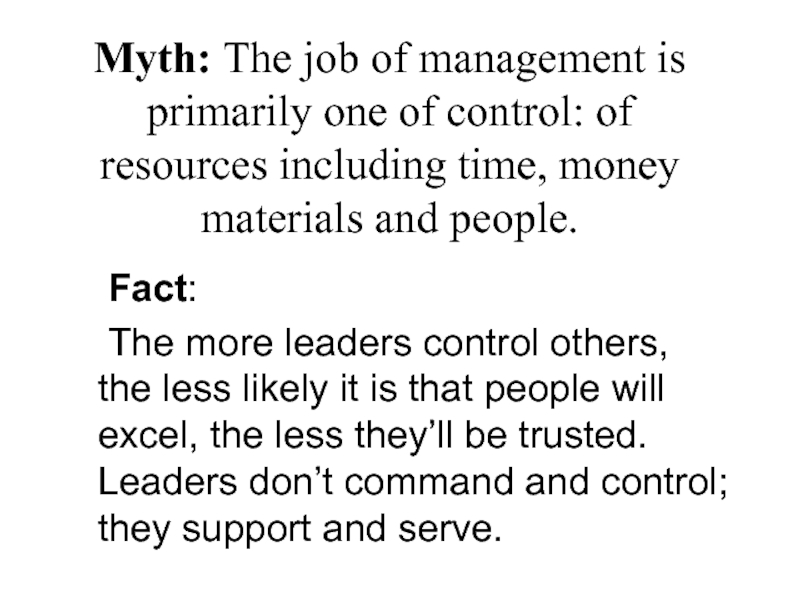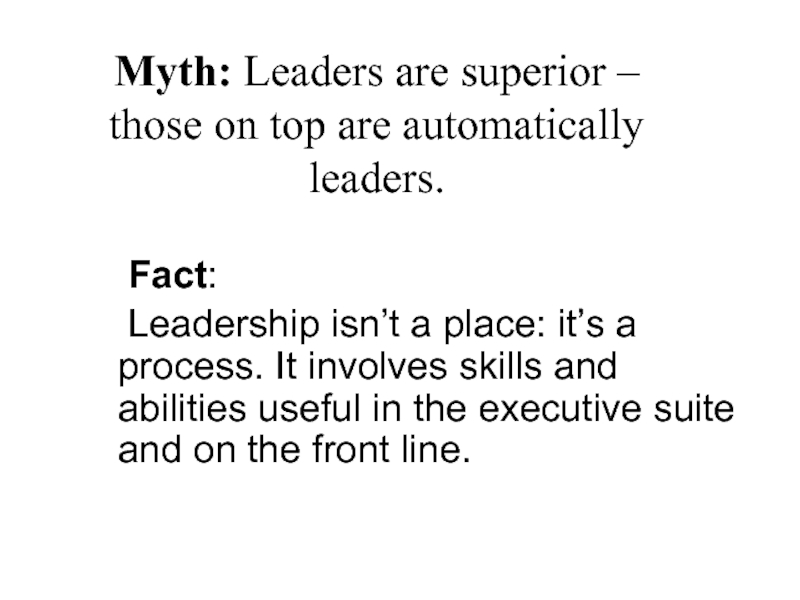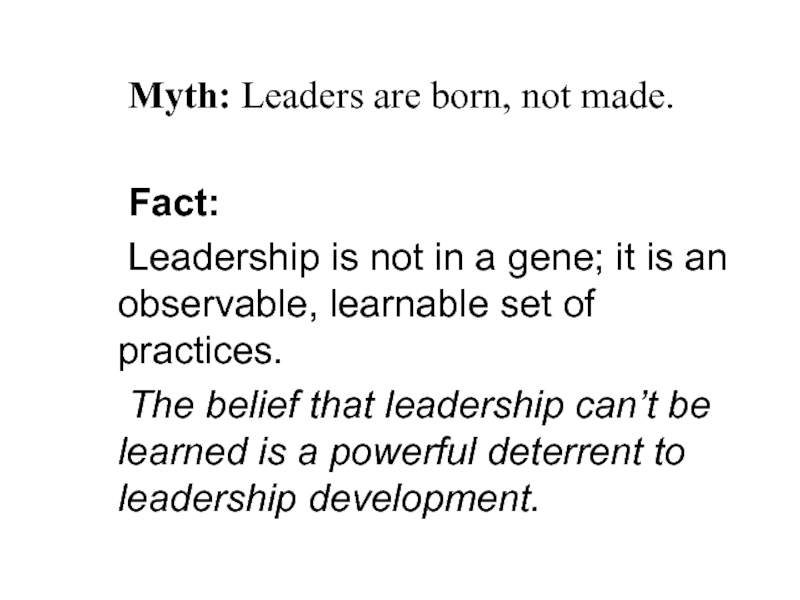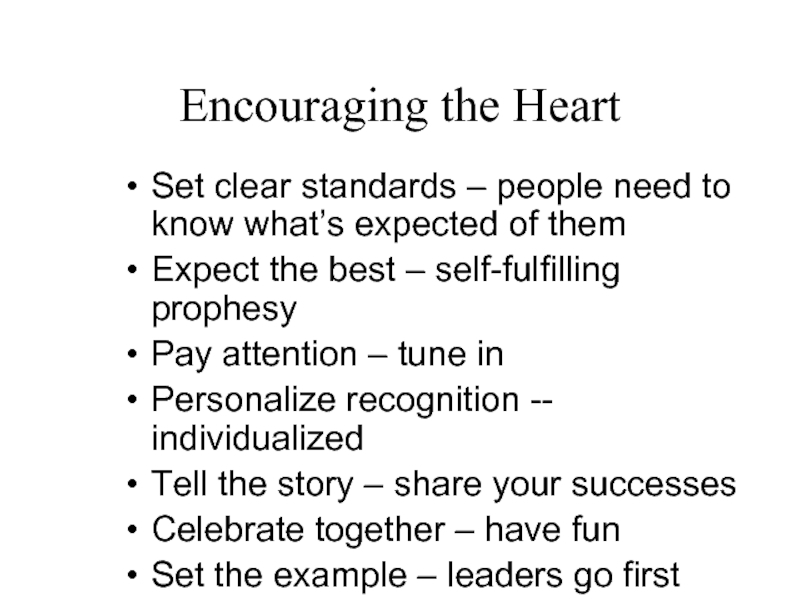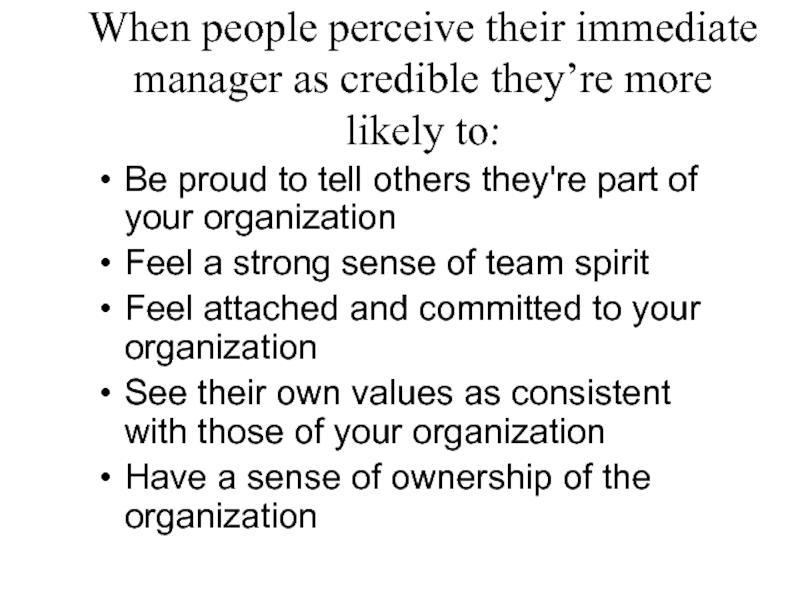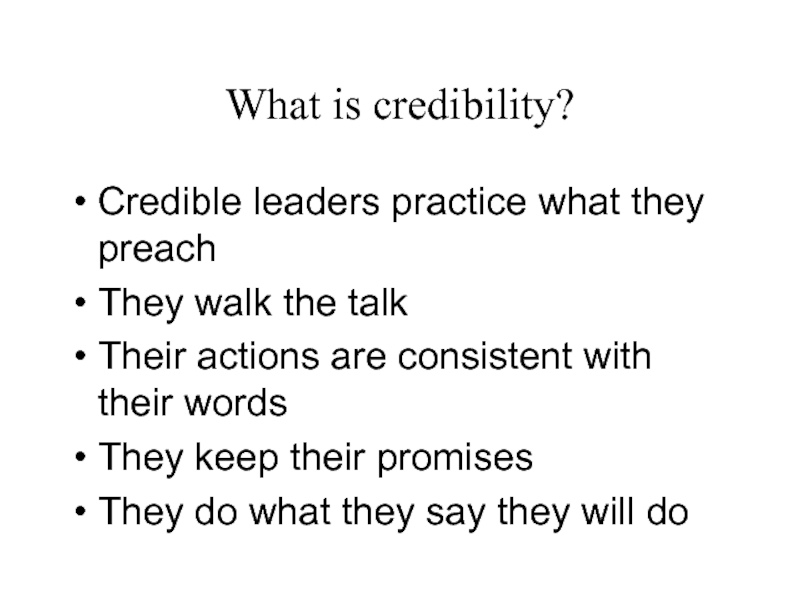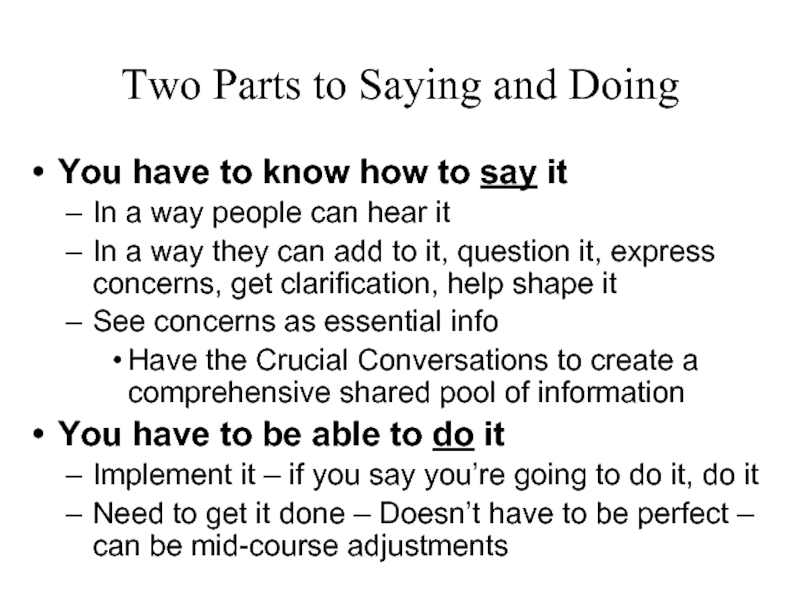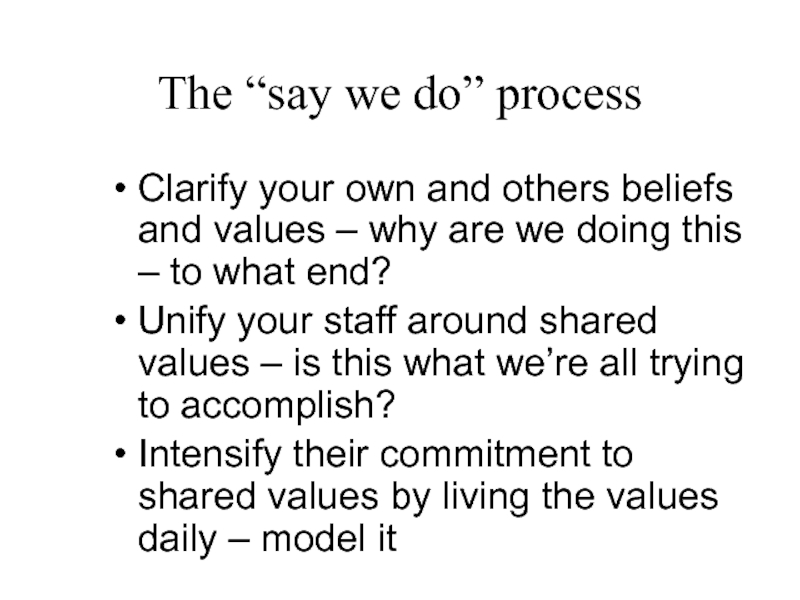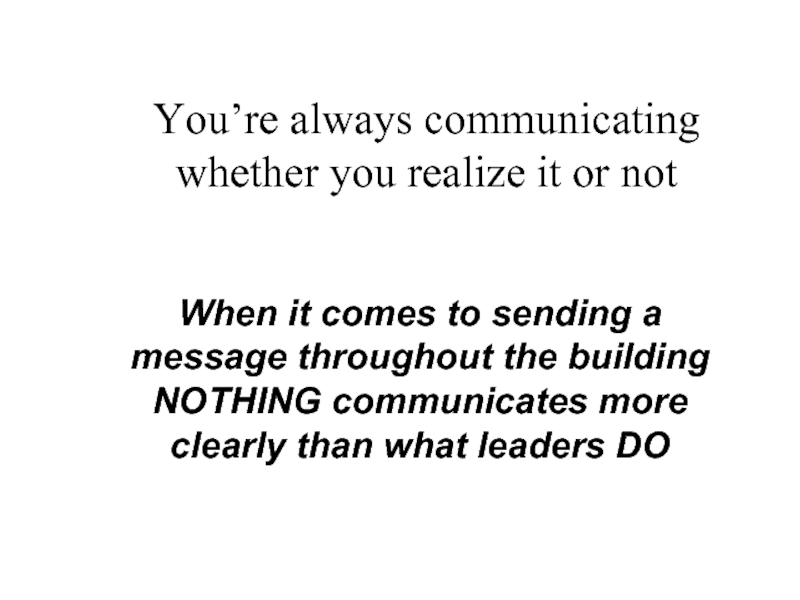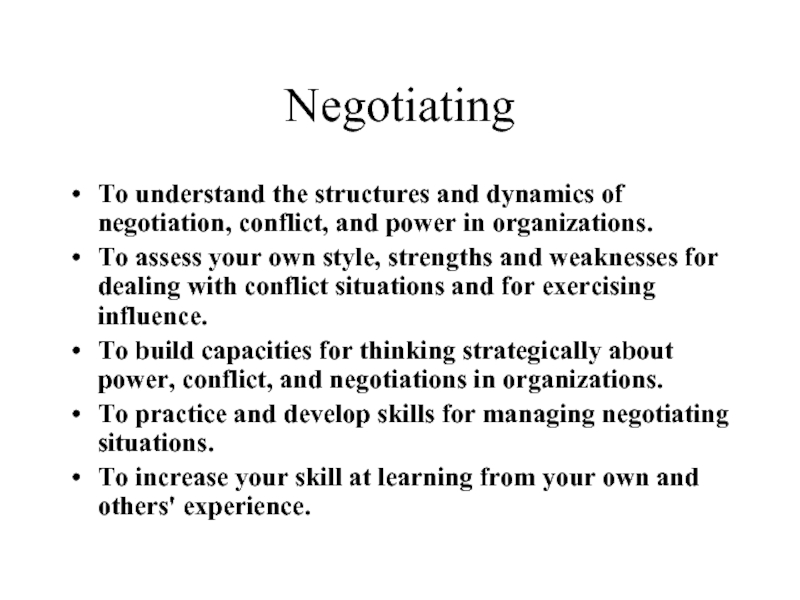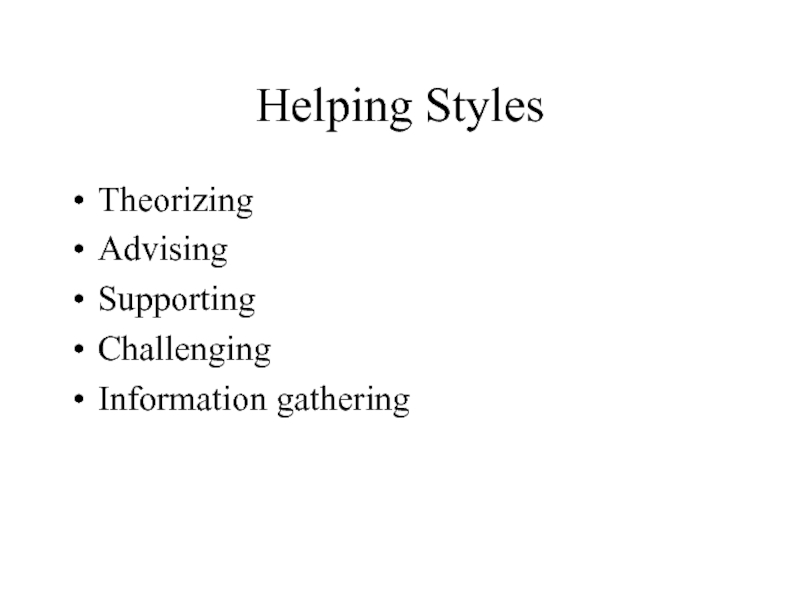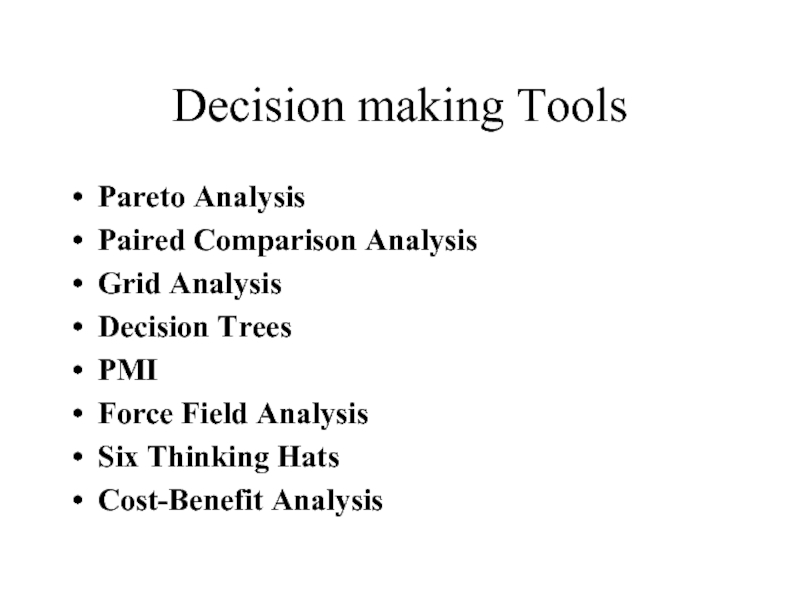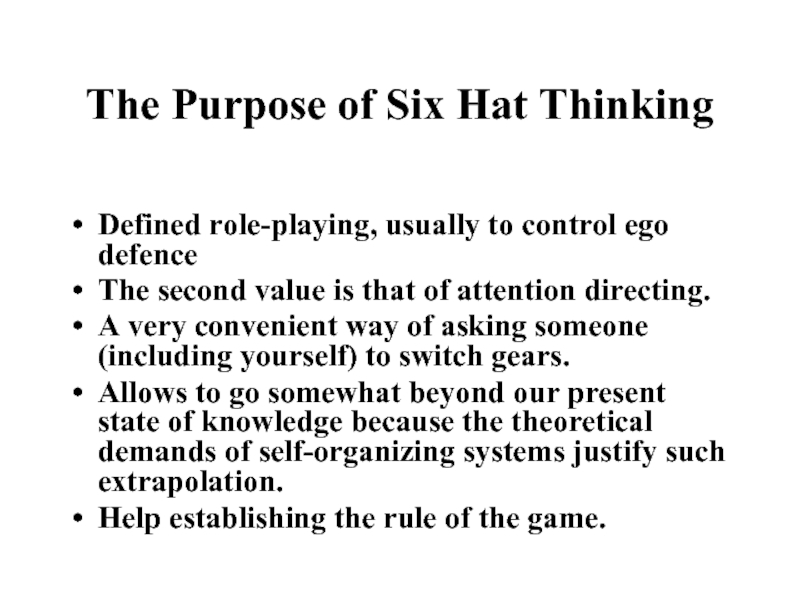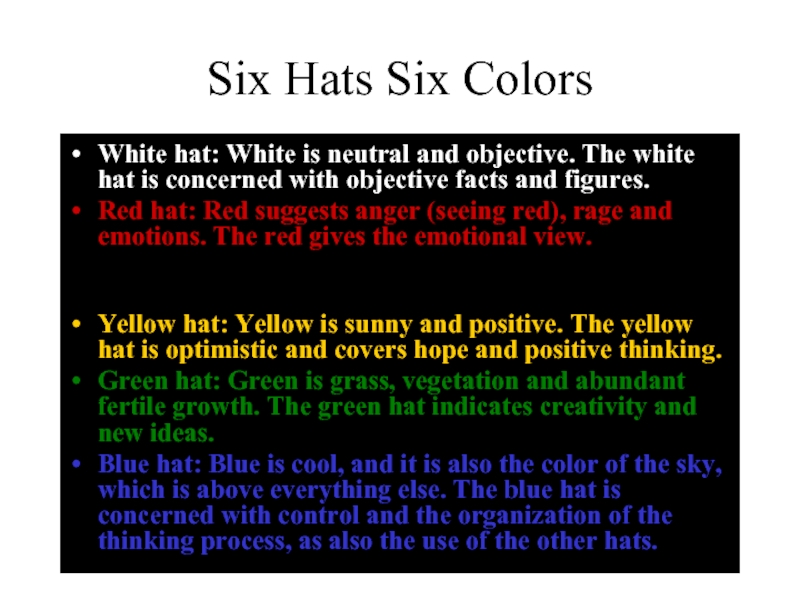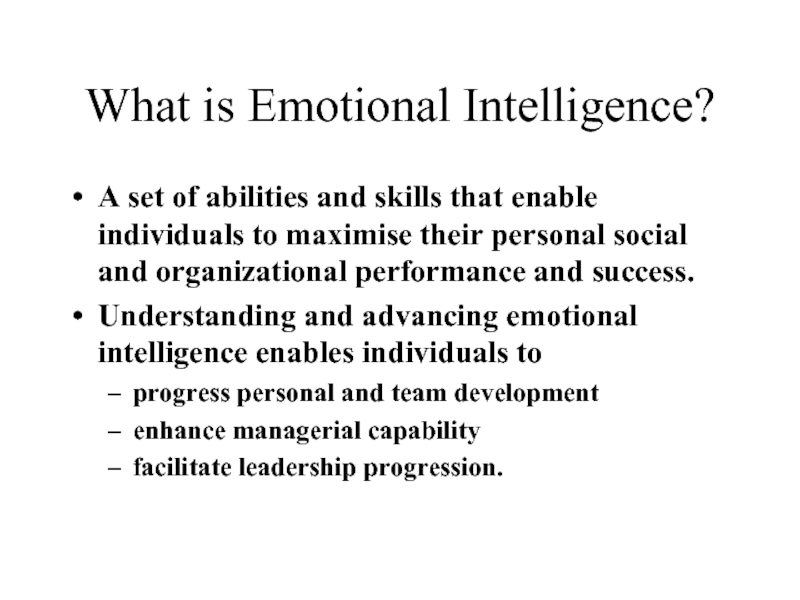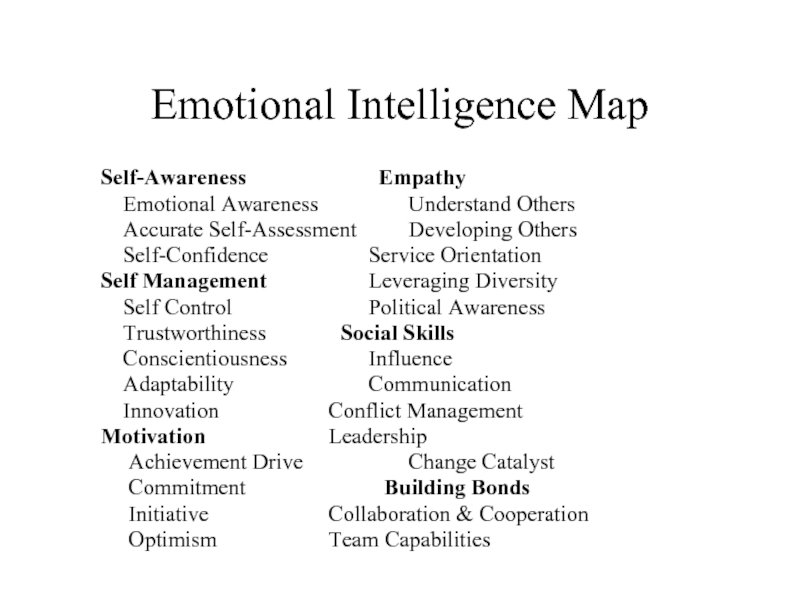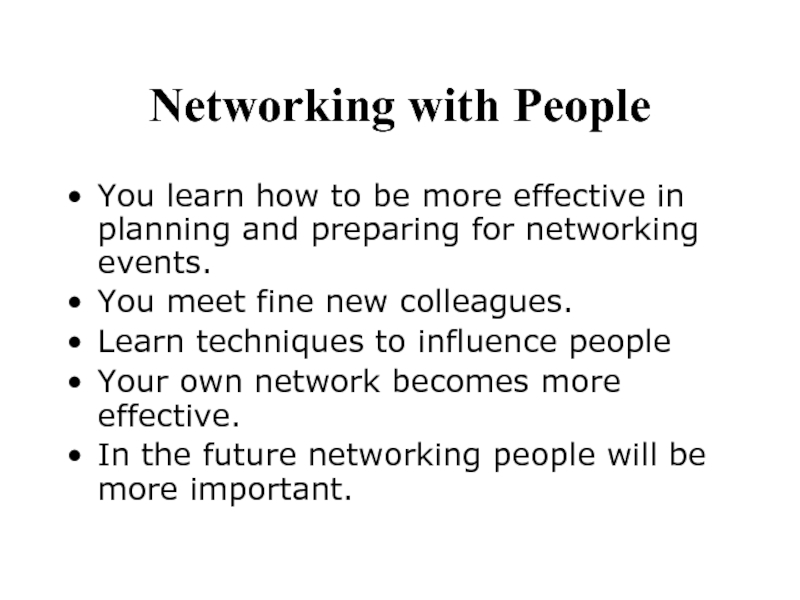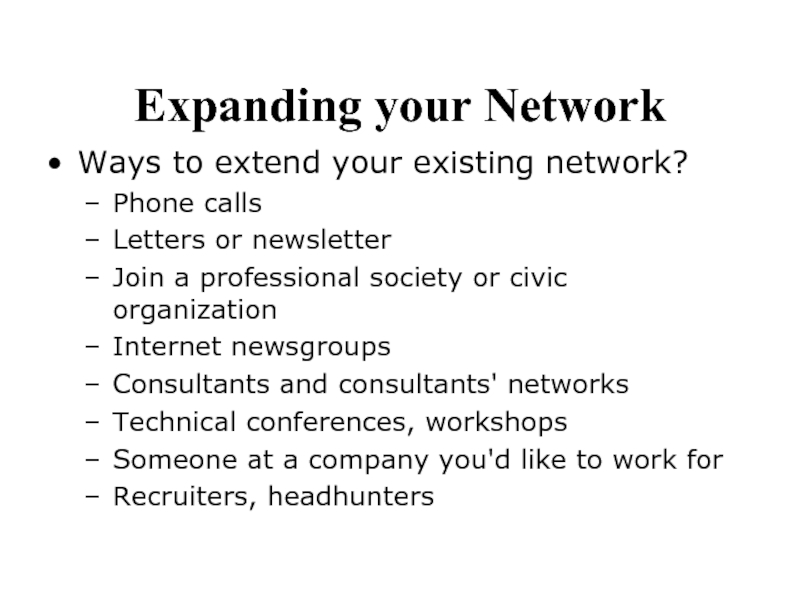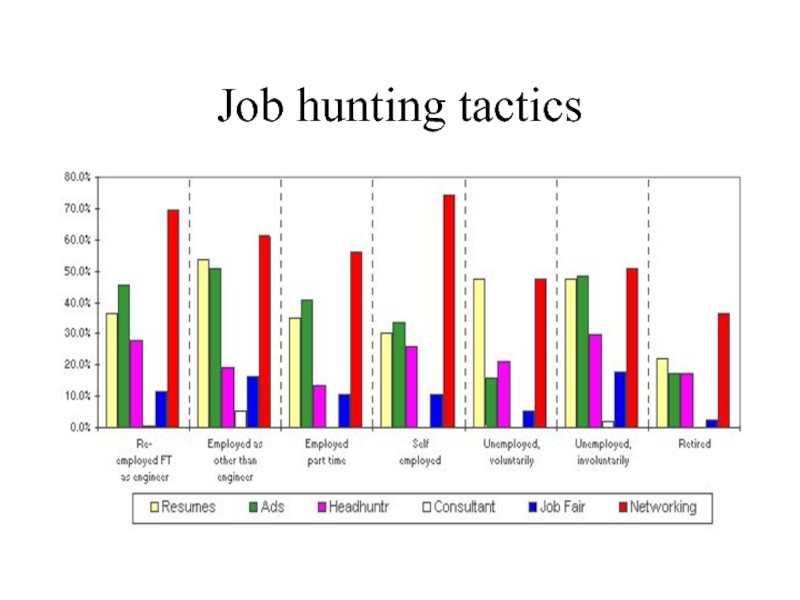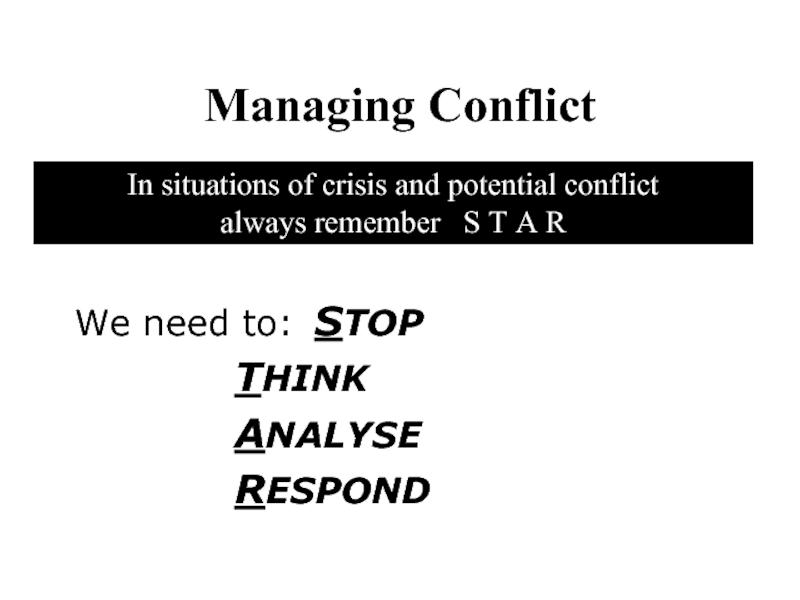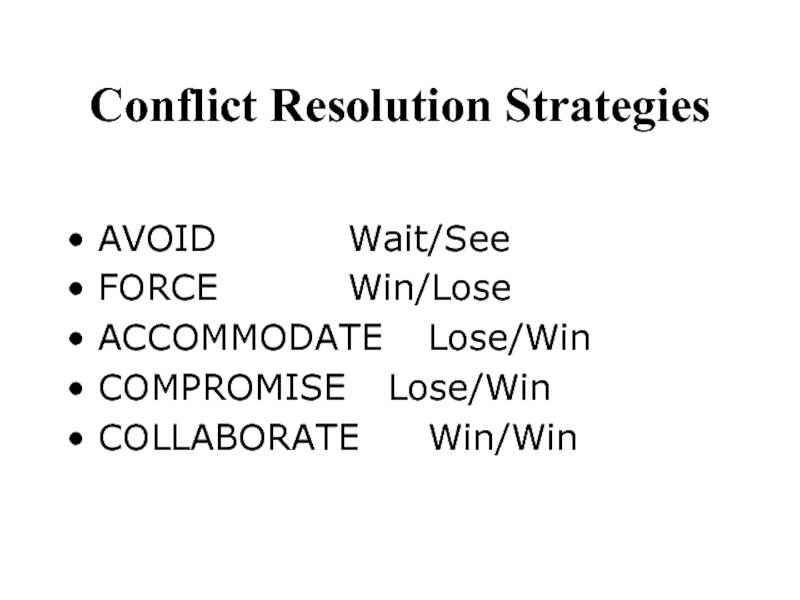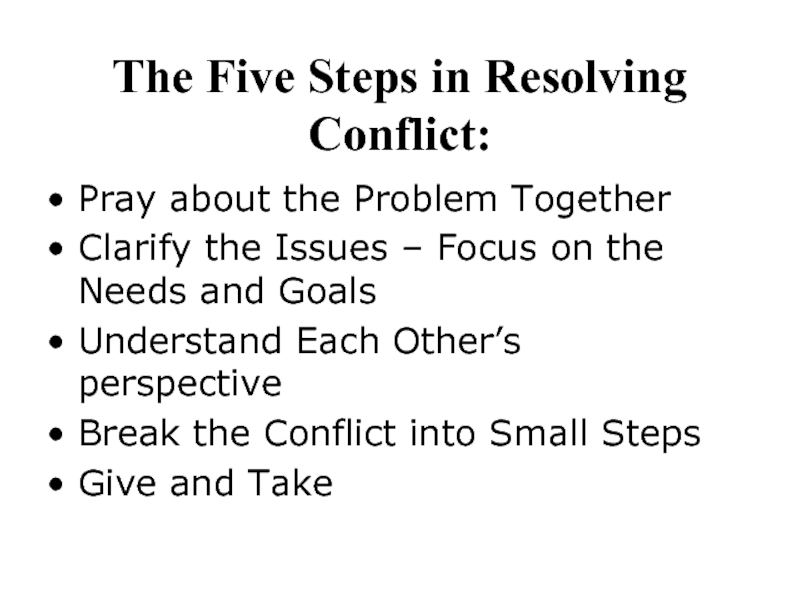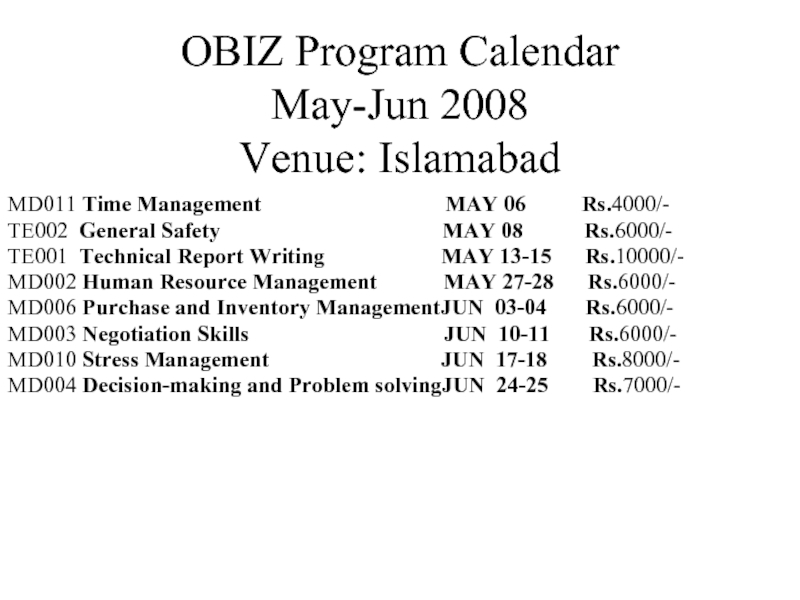- Главная
- Разное
- Дизайн
- Бизнес и предпринимательство
- Аналитика
- Образование
- Развлечения
- Красота и здоровье
- Финансы
- Государство
- Путешествия
- Спорт
- Недвижимость
- Армия
- Графика
- Культурология
- Еда и кулинария
- Лингвистика
- Английский язык
- Астрономия
- Алгебра
- Биология
- География
- Детские презентации
- Информатика
- История
- Литература
- Маркетинг
- Математика
- Медицина
- Менеджмент
- Музыка
- МХК
- Немецкий язык
- ОБЖ
- Обществознание
- Окружающий мир
- Педагогика
- Русский язык
- Технология
- Физика
- Философия
- Химия
- Шаблоны, картинки для презентаций
- Экология
- Экономика
- Юриспруденция
How to become a successful manager презентация
Содержание
- 1. How to become a successful manager
- 2. Speaker: Syed Basit Ali Tirmizi Chief Coordinator,
- 3. OBJECTIVES OF PRESENTATION Provide insight into the
- 4. Benefiting Audience Small and Lower Middle Enterprises’
- 5. Presentation Road Map Management Strategies Horizon of
- 6. Management Strategies You must be able to
- 7. Management Strategies Strategy One - Ensure that
- 8. Management Strategies Strategy Two - Know what
- 9. Management Strategies Strategy three - Have a
- 10. Horizon of Management Skills Managerial functions Leadership
- 11. Basic Elements of Management Part One -
- 12. Basic Elements of Management Part Two
- 13. Basic Elements of Management Part Three
- 14. Basic Elements of Management Part Four
- 15. Leadership vs. Management Effective leadership involves setting
- 16. As a culture, we have outdated notions
- 17. Our first challenge is to rid ourselves of these outdated traditions and myths
- 18. Myth: The ideal organization is orderly and
- 19. Myth: The management techniques and behavior are
- 20. Myth: Leader as “renegade” who magnetizes a
- 21. Myth: Good managers focus on the short
- 22. Myth: Leaders are visionaries with Prophet-like powers
- 23. Myth: Leaders ought to be cool, aloof
- 24. Myth: Leaders have the special gift
- 25. Myth: The job of management is primarily
- 26. Myth: It’s lonely at the top Fact:
- 27. Myth: Leaders are superior – those on
- 28. Myth: Leaders are born, not made.
- 29. Five Fundamental Practices of Exemplary Leaders
- 30. Why do you think giving encouragement is so hard?
- 31. Encouraging the Heart Set clear standards –
- 32. When people perceive their immediate manager as
- 33. When people perceive their immediate managers to
- 34. What is credibility? Credible leaders practice what
- 35. From DWYSYWD to DWWSWWD From:
- 36. Two Parts to Saying and Doing You
- 37. The “say we do” process Clarify your
- 38. You’re always communicating whether you realize it
- 39. Leadership Pyramid from Stephen Covey
- 40. Six Domains of Leadership Personal leadership Relational
- 41. Five P’s of Leadership Pay attention to
- 42. Negotiating To understand the structures and dynamics
- 43. Helping Styles Theorizing Advising Supporting Challenging Information gathering
- 44. Decision making Tools Pareto Analysis Paired Comparison
- 45. The Purpose of Six Hat Thinking
- 46. Six Hats Six Colors White hat: White
- 47. What is Emotional Intelligence? A set of
- 48. Emotional Intelligence Map Self-Awareness
- 49. Emotional Intelligence In every field, your EQ
- 50. Networking with People You learn how to
- 51. Expanding your Network Ways to extend your
- 52. Job hunting tactics
- 53. Managing Conflict We need to: STOP THINK ANALYSE
- 54. Conflict Resolution Strategies AVOID Wait/See FORCE Win/Lose ACCOMMODATE Lose/Win COMPROMISE Lose/Win COLLABORATE Win/Win
- 55. The Five Steps in Resolving Conflict: Pray
- 56. Thank You Your feed back on
- 57. OBIZ Program Calendar May-Jun 2008 Venue:
Слайд 2Speaker: Syed Basit Ali Tirmizi
Chief Coordinator, Obiz Pakistan (Pvt.) Ltd.
Consultant, Capital
Ex-CEO ITP Consultants
Ex-Managing Director IT Promoters
Ex-Director IT, Al-Shifa Trust Eye Hospital
Ex-Manager MIS, Shifa International Hosp.
Ex-Principal, Petroman Training Institute
Ex-Coordination Engineer, Municipality of Jeddah
Visiting Lecturer at various universities in Pakistan
Ex-Administrator/Head of residential Grammar School in Nigeria.
Слайд 3OBJECTIVES OF PRESENTATION
Provide insight into the roles of Manager and a
Provide knowledge about importance of effective management
Discuss the skill set required to become a successful manager
Prepare the audience to take up the challenge of learning and practicing the useful skills for managers
Слайд 4Benefiting Audience
Small and Lower Middle Enterprises’
Middle Tier Managers
General Managers of Small
Human Resource Managers
Supervisors
Foremen
Слайд 5Presentation Road Map
Management Strategies
Horizon of Management Skills
Basic Elements of Management
Leadership vs.
Negotiating
Decision making Tools
Six Thinking Hats
Helping Styles
Emotional Intelligence
Networking with People
Managing Conflict
Слайд 6Management Strategies
You must be able to present the strategy clearly to
The more diverse your workforce, the more you are going to have to develop your management skills.
Слайд 7Management Strategies
Strategy One - Ensure that you actually are the manager
This
Слайд 8Management Strategies
Strategy Two - Know what you are expected to deliver
Seek clear objectives. Keeping the main objectives constantly in mind is essential even if they evolve or change a bit over time.
Be very clear in stating the key objectives to the people who report into you.
Your measurement sources should be reliable regarding the deliverable elements.
Слайд 9Management Strategies
Strategy three - Have a clear strategy especially if managing
Should be able to identify the key actions that the department is going to pursue. This shows clarity. The STAR process might help in formulating a basic strategic approach.
Simple. Will everyone understand it and buy into it?
Thought through. Does it identify the steps that will need to be implemented in order to mobilise the plan.
Achievable. If you don’t believe it can be done then no one will.
Risk assessed. If you haven’t thought about the risks and challenges then go away and think again. Very little in management is a dead certainty.
Слайд 10Horizon of Management Skills
Managerial functions
Leadership Styles
Leadership behaviors
Emotional intelligence
Professional speaking
Change management
Behavioral interviewing
Business
Decision-making
Managing conflict
Peer coaching
Marketing oneself as a unique brand
Business etiquette, global protocol
Project Management
Risk Management
Other specialized areas
Слайд 11Basic Elements of Management
Part One - SELECT
Defining the Job
Nuclear Pakistan mission,
Finding Qualified Candidates
Cable Television, internal candidate, Temporary Employment Agencies
Filling the Job
Interviews, body language, behavior, references
Слайд 12Basic Elements of Management
Part Two - DIRECT
DIRECT
Strategic plan, goals and
Training Management in Direction
Training in Assigning Action
Direction and the Job Audit
Sharing the Strategic Plan
Слайд 13Basic Elements of Management
Part Three - EVALUATE
Evaluation
Evaluation strategy, Yes
The Evaluation Processes
Performance evaluation meeting, Objectives or action, critical incidents file, Using Evaluations, performance evaluation
Слайд 14Basic Elements of Management
Part Four - REWARD
Reward system, Merit pay,
Variable Reward and Non-pay
Variable-reward program, reward system, administering a reward program, next band
Go Forth and Manage
Take up the task, Sure what steps, Effective in managing
Слайд 15Leadership vs. Management
Effective leadership involves setting a tone, a focus, and
In contrast, effective management involves executing against the direction and tone set by the leadership.
Individuals are not either leaders or managers, but a mixture of leadership and management, and the exact mix depends upon the situation, the role and the person.
Слайд 16As a culture, we have outdated notions of leadership:
Just about everything
Just about every popular notion about leadership is a myth
Слайд 18Myth: The ideal organization is orderly and stable, and can and
Fact:
The best leadership achievements come from challenging the process, changing things, shaking up the organization
Слайд 19Myth: The management techniques and behavior are theoretical and bookish. They
Fact:
The best management achievements come from following the basics and making them a second nature.
Слайд 20Myth: Leader as “renegade” who magnetizes a band of followers with
Fact:
Leaders attract constituents not because of their willful defiance, but because the leader has a deep faith in the human capacity to adapt and grow
Слайд 21Myth: Good managers focus on the short term.
Fact:
Effective leaders have
Слайд 22Myth: Leaders are visionaries with Prophet-like powers
Fact:
Leaders must have
Слайд 23Myth: Leaders ought to be cool, aloof and analytical; they should
Fact:
When real life leaders discuss what they are proudest of in their own careers they describe feelings of inspiration, passion, elation, intensity, challenge, caring and kindness, even love
Слайд 24
Myth: Leaders have the special gift of Charisma!
Fact:
Leaders’ dynamism comes
Слайд 25Myth: The job of management is primarily one of control: of
Fact:
The more leaders control others, the less likely it is that people will excel, the less they’ll be trusted. Leaders don’t command and control; they support and serve.
Слайд 26Myth: It’s lonely at the top
Fact:
The most effective leaders are
Слайд 27Myth: Leaders are superior – those on top are automatically leaders.
Fact:
Leadership isn’t a place: it’s a process. It involves skills and abilities useful in the executive suite and on the front line.
Слайд 28 Myth: Leaders are born, not made.
Fact:
Leadership is not in
The belief that leadership can’t be learned is a powerful deterrent to leadership development.
Слайд 29Five Fundamental Practices
of Exemplary Leaders
Model The Way
Inspire A
Challenge The Process
Enable Others To Act
Encourage The Heart
The Leadership Challenge by Kouzes and Posner
Two hardest areas also bring the greatest results: Encouragement
Credibility
Слайд 31Encouraging the Heart
Set clear standards – people need to know what’s
Expect the best – self-fulfilling prophesy
Pay attention – tune in
Personalize recognition -- individualized
Tell the story – share your successes
Celebrate together – have fun
Set the example – leaders go first
Слайд 32When people perceive their immediate manager as credible they’re more likely
Be proud to tell others they're part of your organization
Feel a strong sense of team spirit
Feel attached and committed to your organization
See their own values as consistent with those of your organization
Have a sense of ownership of the organization
Слайд 33When people perceive their immediate managers to have low credibility they're
Produce only if they’re watched carefully
Be motivated primarily by money
Say good things about the organization publicly but criticize privately
Consider looking for another job if the organization experiences trouble
Feel unsupported and criticized
Слайд 34What is credibility?
Credible leaders practice what they preach
They walk the talk
Their
They keep their promises
They do what they say they will do
Слайд 35From DWYSYWD
to DWWSWWD
From:
DWYSYWD = Do what you say you
To:
DWWSWWD = Do what we say we will do
Слайд 36Two Parts to Saying and Doing
You have to know how to
In a way people can hear it
In a way they can add to it, question it, express concerns, get clarification, help shape it
See concerns as essential info
Have the Crucial Conversations to create a comprehensive shared pool of information
You have to be able to do it
Implement it – if you say you’re going to do it, do it
Need to get it done – Doesn’t have to be perfect – can be mid-course adjustments
Слайд 37The “say we do” process
Clarify your own and others beliefs and
Unify your staff around shared values – is this what we’re all trying to accomplish?
Intensify their commitment to shared values by living the values daily – model it
Слайд 38You’re always communicating whether you realize it or not
When it comes
Слайд 39Leadership Pyramid
from Stephen Covey
Teaching
Mentoring
Modeling
Hearing
Feeling
Seeing
Leading by Example, Franklin Covey Co.,
Credibility
Encouragement
Слайд 40Six Domains of Leadership
Personal leadership
Relational leadership
Contextual leadership
Inspirational leadership
Supportive leadership
Ethical leadership
Слайд 41Five P’s of Leadership
Pay attention to what is important
Praise what you
Punish what you want to stop
Pay for the results you want
Promote who want to deliver those results
Слайд 42Negotiating
To understand the structures and dynamics of negotiation, conflict, and power
To assess your own style, strengths and weaknesses for dealing with conflict situations and for exercising influence.
To build capacities for thinking strategically about power, conflict, and negotiations in organizations.
To practice and develop skills for managing negotiating situations.
To increase your skill at learning from your own and others' experience.
Слайд 44Decision making Tools
Pareto Analysis
Paired Comparison Analysis
Grid Analysis
Decision Trees
PMI
Force Field Analysis
Six Thinking
Cost-Benefit Analysis
Слайд 45The Purpose of Six Hat Thinking
Defined role-playing, usually to control ego
The second value is that of attention directing.
A very convenient way of asking someone (including yourself) to switch gears.
Allows to go somewhat beyond our present state of knowledge because the theoretical demands of self-organizing systems justify such extrapolation.
Help establishing the rule of the game.
Слайд 46Six Hats Six Colors
White hat: White is neutral and objective. The
Red hat: Red suggests anger (seeing red), rage and emotions. The red gives the emotional view.
Black hat: Black is gloomy and negative. The black hat covers the negative aspects – way it cannot be done.
Yellow hat: Yellow is sunny and positive. The yellow hat is optimistic and covers hope and positive thinking.
Green hat: Green is grass, vegetation and abundant fertile growth. The green hat indicates creativity and new ideas.
Blue hat: Blue is cool, and it is also the color of the sky, which is above everything else. The blue hat is concerned with control and the organization of the thinking process, as also the use of the other hats.
Слайд 47What is Emotional Intelligence?
A set of abilities and skills that enable
Understanding and advancing emotional intelligence enables individuals to
progress personal and team development
enhance managerial capability
facilitate leadership progression.
Слайд 48Emotional Intelligence Map
Self-Awareness Empathy
Accurate Self-Assessment Developing Others
Self-Confidence Service Orientation
Self Management Leveraging Diversity
Self Control Political Awareness
Trustworthiness Social Skills
Conscientiousness Influence
Adaptability Communication
Innovation Conflict Management
Motivation Leadership
Achievement Drive Change Catalyst
Commitment Building Bonds
Initiative Collaboration & Cooperation
Optimism Team Capabilities
Слайд 49Emotional Intelligence
In every field, your EQ (emotional quotient) is 2 times
Almost 90% of success in
leadership is attributable to EQ.
Learn to increase your EQ!
Слайд 50Networking with People
You learn how to be more effective in planning
You meet fine new colleagues.
Learn techniques to influence people
Your own network becomes more effective.
In the future networking people will be more important.
Слайд 51Expanding your Network
Ways to extend your existing network?
Phone calls
Letters or
Join a professional society or civic organization
Internet newsgroups
Consultants and consultants' networks
Technical conferences, workshops
Someone at a company you'd like to work for
Recruiters, headhunters
Слайд 53Managing Conflict
We need to: STOP
THINK
ANALYSE
RESPOND
In situations of crisis and potential conflict
always
Слайд 54Conflict Resolution Strategies
AVOID Wait/See
FORCE Win/Lose
ACCOMMODATE Lose/Win
COMPROMISE Lose/Win
COLLABORATE Win/Win
Слайд 55The Five Steps in Resolving Conflict:
Pray about the Problem Together
Clarify the
Understand Each Other’s perspective
Break the Conflict into Small Steps
Give and Take
Слайд 56Thank You
Your feed back on the prescribed form will help us
Join us on other programs designed specially for you. See next slide for details.
Слайд 57OBIZ Program Calendar
May-Jun 2008
Venue: Islamabad
MD011 Time Management
TE002 General Safety MAY 08 Rs.6000/-
TE001 Technical Report Writing MAY 13-15 Rs.10000/-
MD002 Human Resource Management MAY 27-28 Rs.6000/-
MD006 Purchase and Inventory ManagementJUN 03-04 Rs.6000/-
MD003 Negotiation Skills JUN 10-11 Rs.6000/-
MD010 Stress Management JUN 17-18 Rs.8000/-
MD004 Decision-making and Problem solvingJUN 24-25 Rs.7000/-
